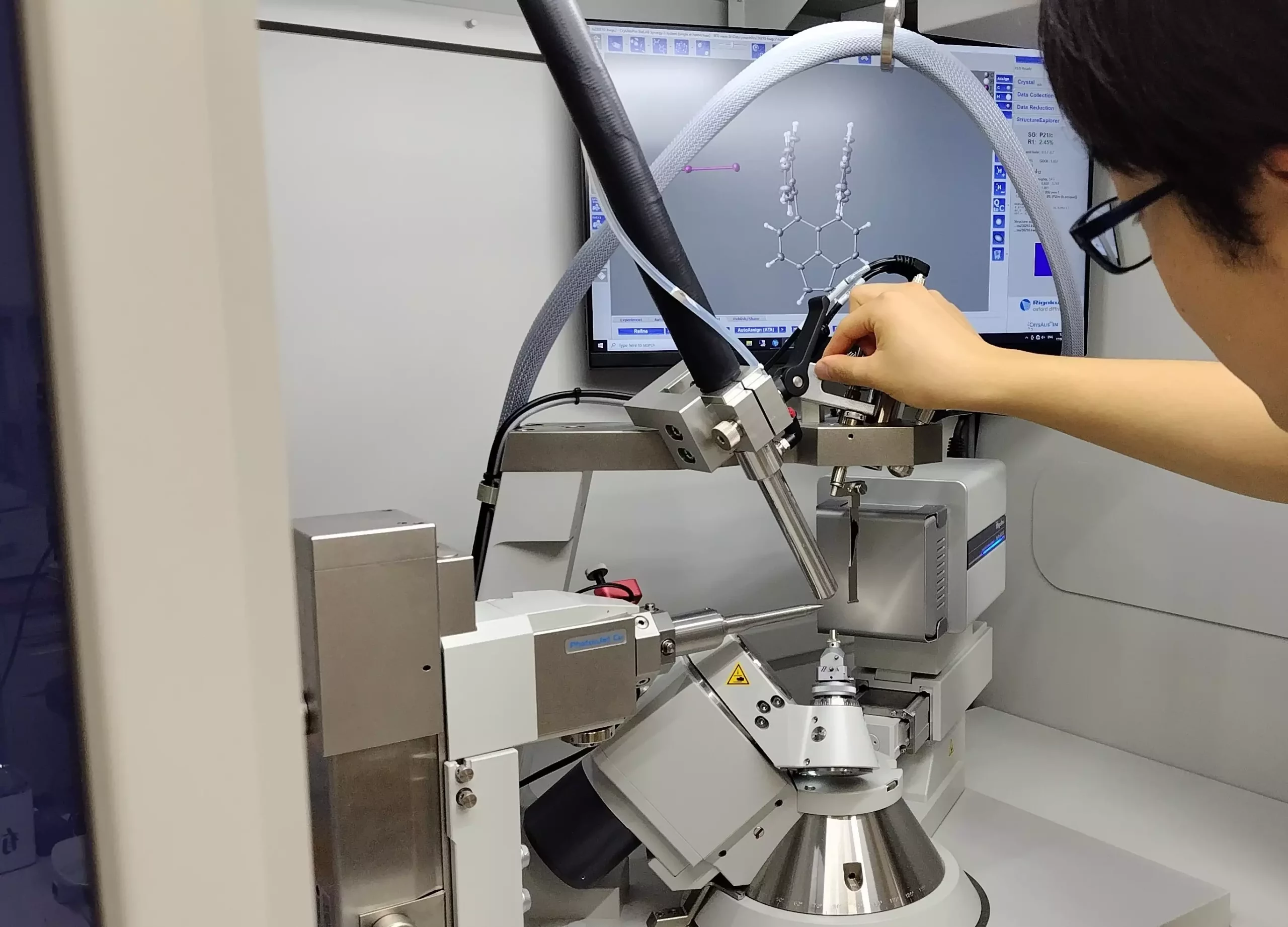Covalent bonds are fundamental to the structure of organic compounds, enabling atoms to interconnect by sharing electrons. Traditionally, these bonds involve pairs of electrons and are crucial in forming stable molecular structures. Linus Pauling, a luminary in chemistry, posited in 1931 that single-electron covalent bonds—bonds formed by only one unpaired electron—might exist. However, he cautioned that such single-electron bonds were likely to be weaker than their double-electron counterparts. Since Pauling’s proposition, the scientific community has encountered significant challenges in observing these one-electron bonds, particularly among the most common and vital elements in organic chemistry: carbon and hydrogen.
In a remarkable development, researchers from Hokkaido University have successfully isolated a compound demonstrating a stable single-electron sigma bond between two carbon atoms. This discovery could reshape our understanding of chemical bonding theories. Their work, published in the journal Nature, sheds light on a previously elusive aspect of carbon chemistry. According to Professor Yusuke Ishigaki, co-author of the study, understanding the nature of these single-electron sigma bonds is crucial for advancing our insights into chemical reactions and bonding mechanisms.
The research team utilized a derivative of hexaphenylethane, characterized by an elongated covalent bond existing between two carbon atoms. By subjecting this compound to an oxidation reaction in the presence of iodine, the researchers successfully synthesized dark violet-colored crystals of an iodine salt. X-ray diffraction analysis indicated that the carbon atoms were situated incredibly close to one another, a strong indicator of the presence of a single-electron bond. Subsequently, these findings were corroborated through Raman spectroscopy, a technique that provides molecular characteristics based on vibrational motions.
This discovery serves as the first experimental proof of carbon-carbon single-electron covalent bonds and signals the potential for further exploration into this underinvestigated area of chemistry. Lead author Takuya Shimajiri, now at the University of Tokyo, emphasizes that this breakthrough may unlock new avenues for chemical research. Insights into single-electron bonding could lead to innovative applications in materials science and nanotechnology, perhaps laying the groundwork for developing new compounds with unique properties.
The identification of single-electron sigma bonds between carbon atoms presents a significant leap in our understanding of covalent bonding. As researchers continue to explore this novel form of bonding, it highlights the complexity and richness of chemical interactions waiting to be unraveled. This pivotal study not only brings a fresh perspective on chemical bonding theories but also opens doors to new realms of scientific inquiry, with potential implications across various fields of chemistry and materials science.

